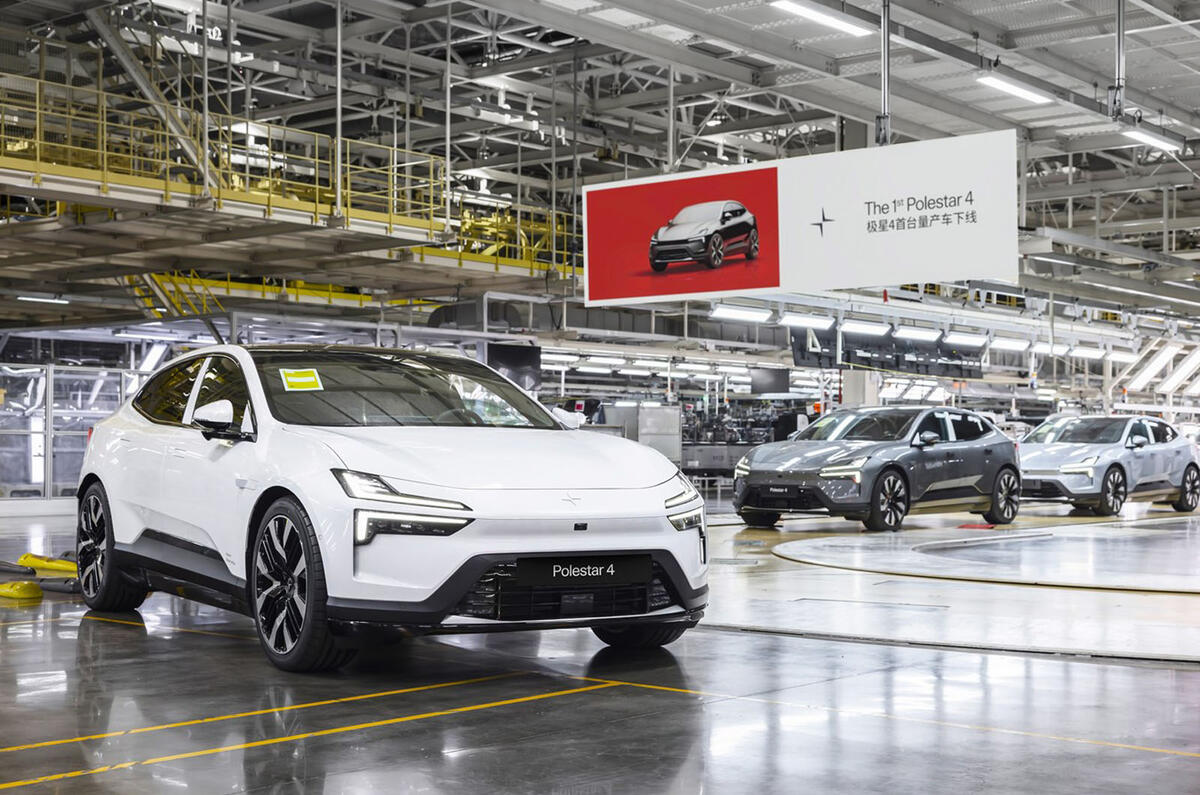It’s tough to be a start-up in the car industry. It’s one thing to engineer a car ready for production, quite another to then put it into mass production, satisfy all kinds of legislation, manage sales channels and aftersales and generate public awareness.
No other product requires such careful cradle-to-grave management and burden as cars, and you have to do it for multiple models at the same time for wildly different global markets.




Add your comment